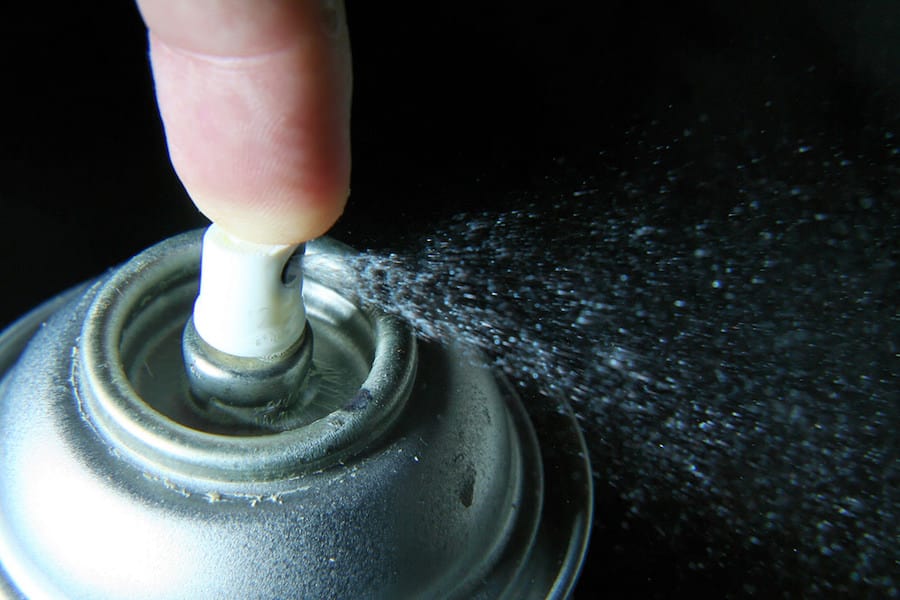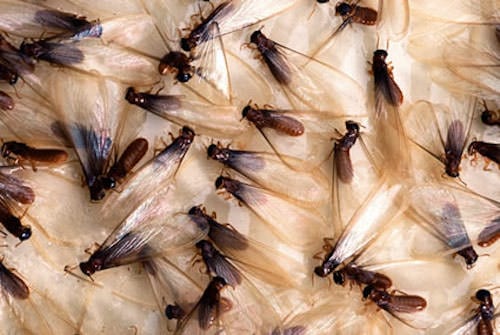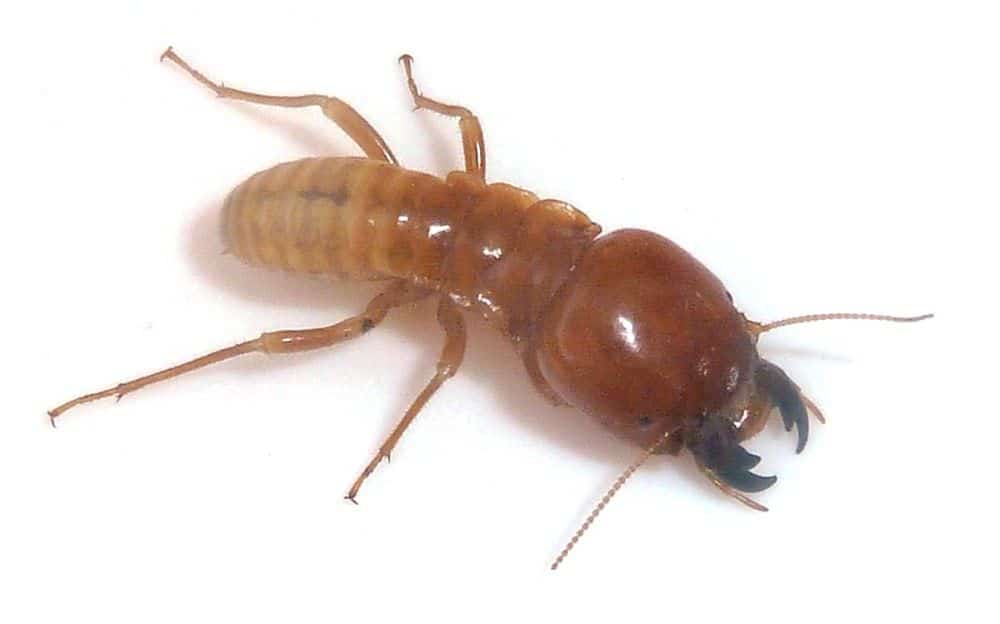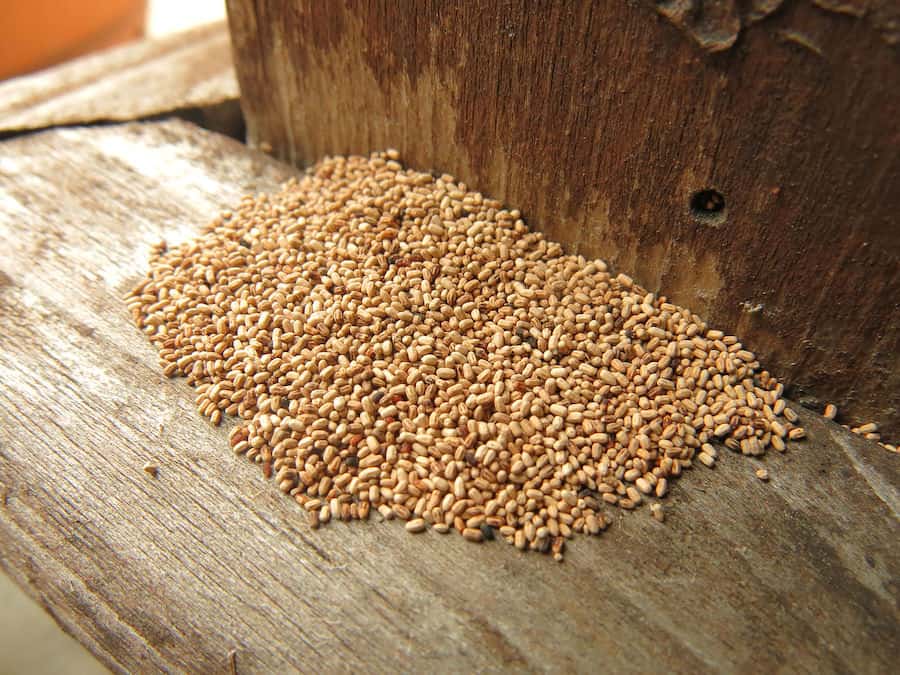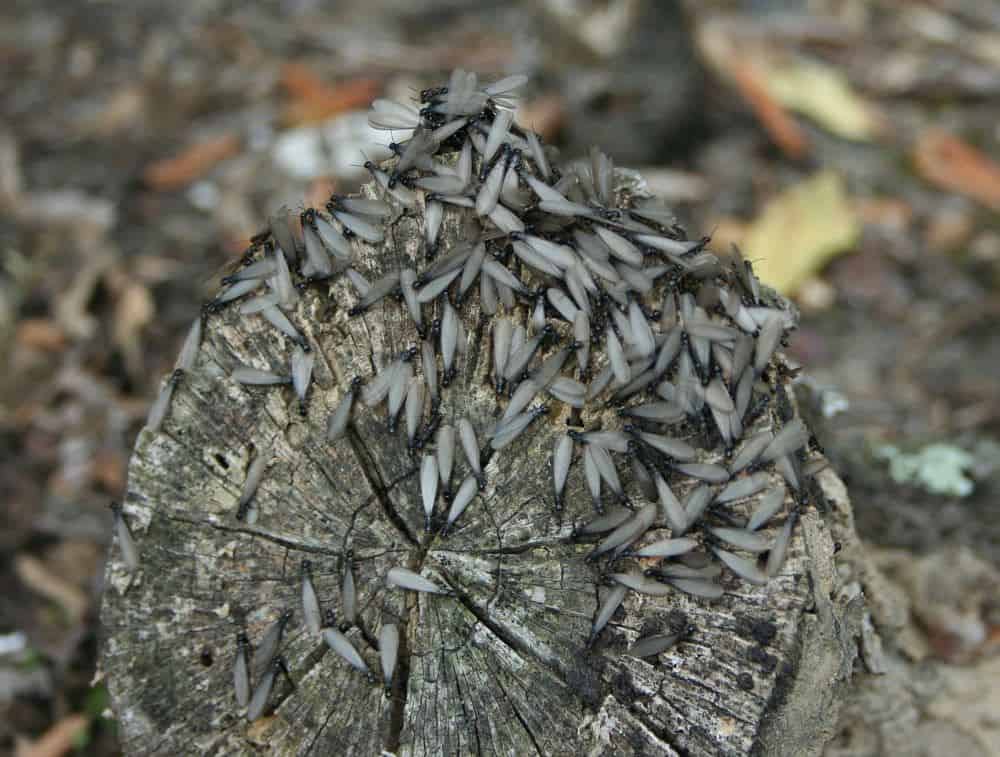Termite Life Cycle
Termites pass through very distinctive phases of life. In this article, you will learn about what each stage of the termite life cycle entails, and its associated physical attributes.
I will detail how termites reproduce and how many eggs females can lay. Finally, you will find out exactly how long these insects can live.
What Are the Termite Life Cycle Stages?
As with all living organisms, termites pass through different stages as they mature. The three stages of the life cycle are: egg, nymph (or larvae), and adult.
Termites belong to the Isoptera order. These wood-eating insects are often confused with and compared to ants. However, their closest relatives are actually cockroaches.
Egg
As with all insects, the first stage of a termite’s life is as an egg. A female termite (either a primary or secondary productive) lays individual eggs. Mastotermes darwiniensis is the sole species of termite that lays eggs in a cluster. These eggs emerge stuck together by a jelly-like material.
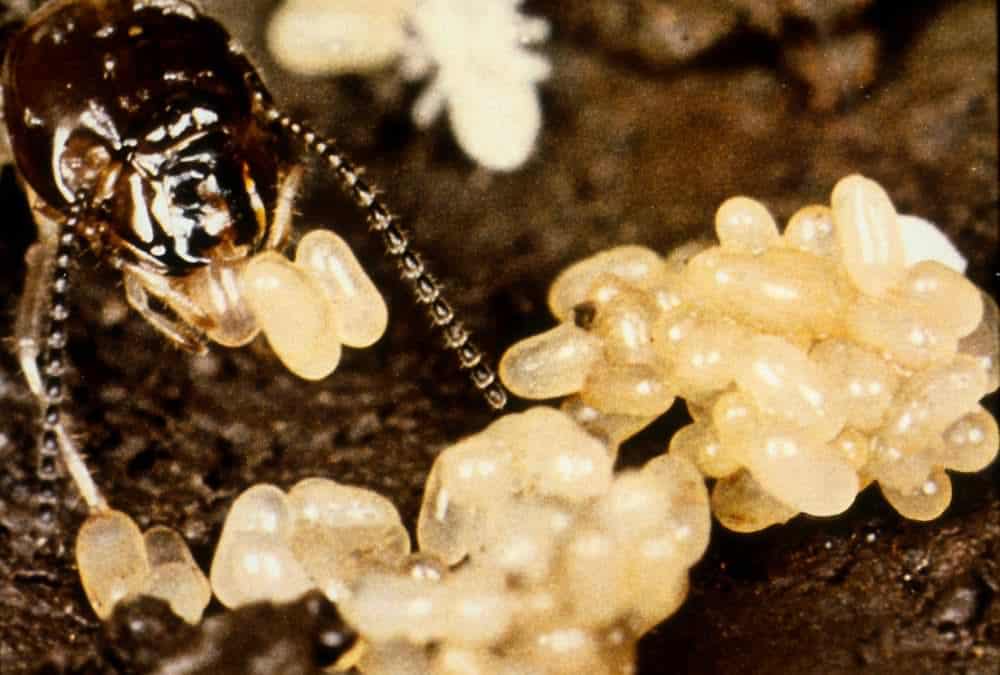
Nymph
A termite nymph or larvae will hatch from the egg. Termites are hemimetabolous insects. This means they grow by molting, passing through instars (stages) as they develop.
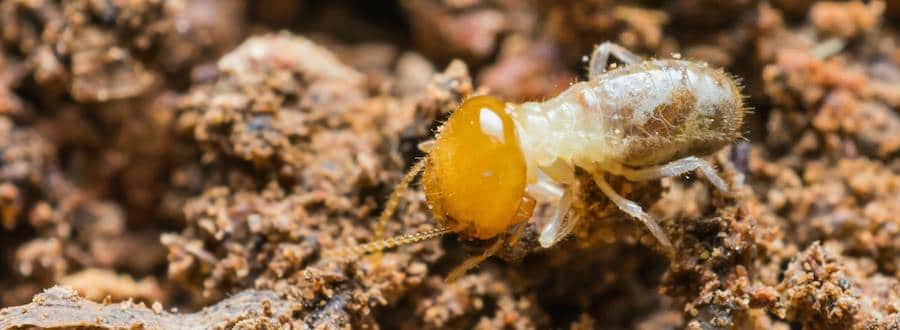
Molting involves casting off the outer skin once it grows too tight. The termite will emerge larger and more developed—e.g. wing nubs turn to wings. Termites can pass through several instars on the way to reaching full maturity. The number of instars depends on the species and final adult form.
Adult
There are different types of adult in termite colonies. The colonies are separated by class, or caste. These include workers, reproductives, and soldiers. The majority of young termites will develop into workers, the largest class in the colony.
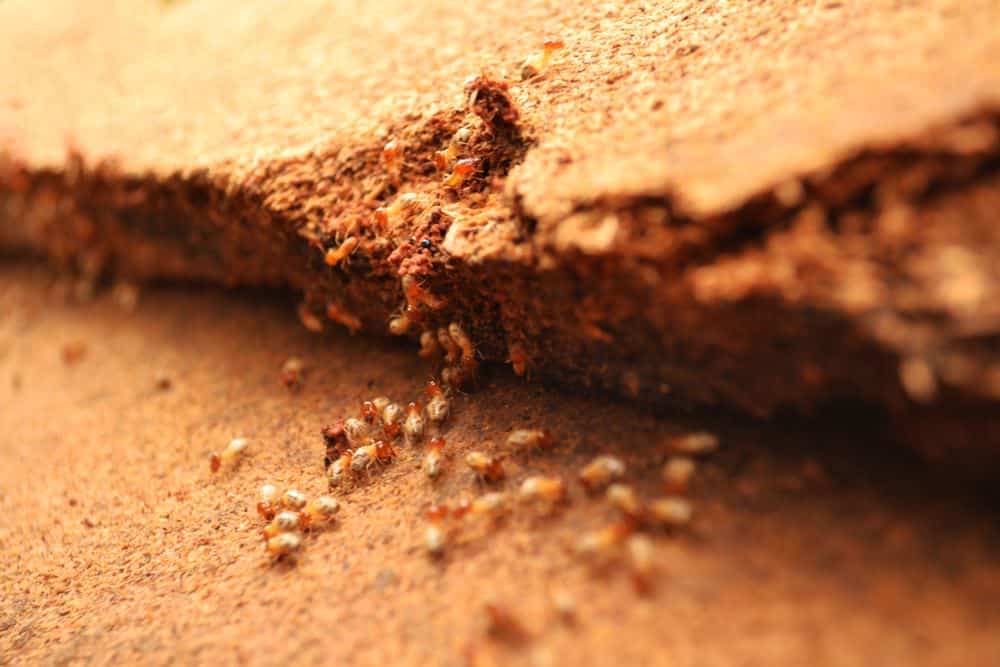
Soldiers are the second largest section of the colony. These termites are equipped for defense, working to guard the nest against enemies.
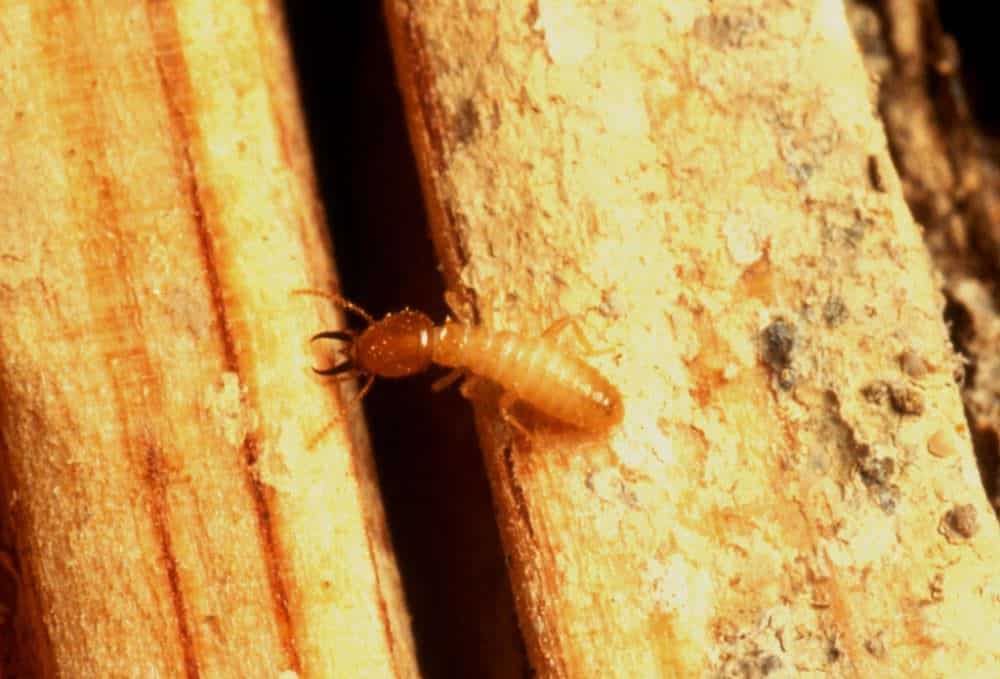
Every termite nymph is identical in terms of genetics. They all have the capacity to develop into one of any of the caste members.
In the majority of colonies, the king and queen are the sole (primary) reproductives. Termite alates will develop in colonies that are sufficiently mature. These alates are also primary reproductives, able to create their own termite colonies.
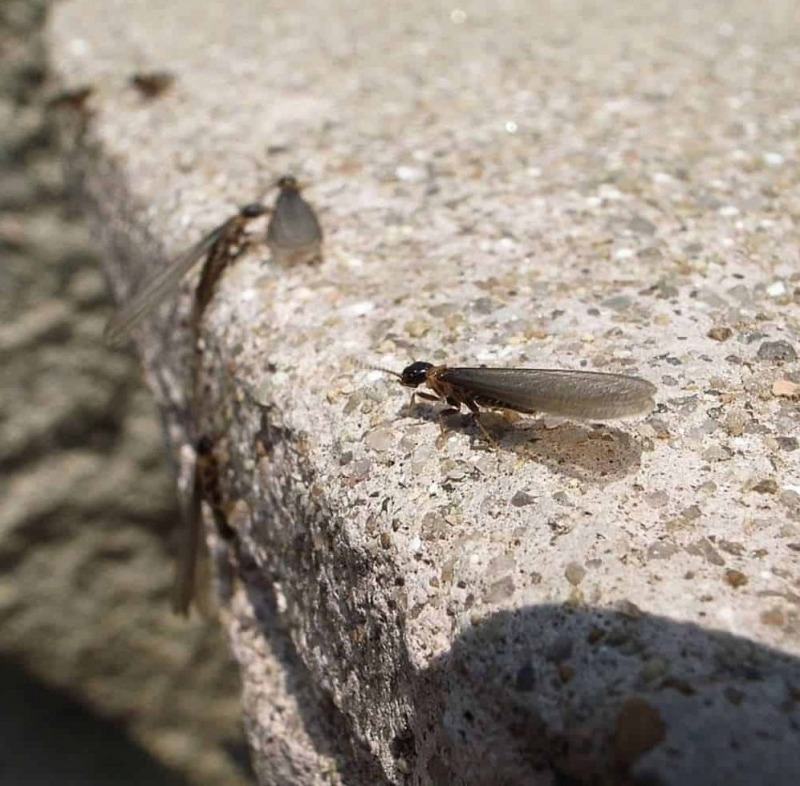
Each nymph will molt into the caste that has the greatest need. For example, secondary reproductives can develop if the termite king or queen dies. Termite social classes are balanced through chemical and pheromone regulation. This ensures that there is not a lack or excess of any type of termite.
Some termite species will cannibalize caste members which aren’t needed. For example, if there are too many soldier termites, some may be eaten to rebalance the population.
What Do Termites Look Like Throughout the Stages?
Termites have distinct characteristics at all stages of development. Adult termites can differ in appearance, depending on the caste.
Egg
Termite eggs are small and white. They can be seen by the naked eye, without the need for a microscope or a magnifying glass. They are about the size of a full stop (period).
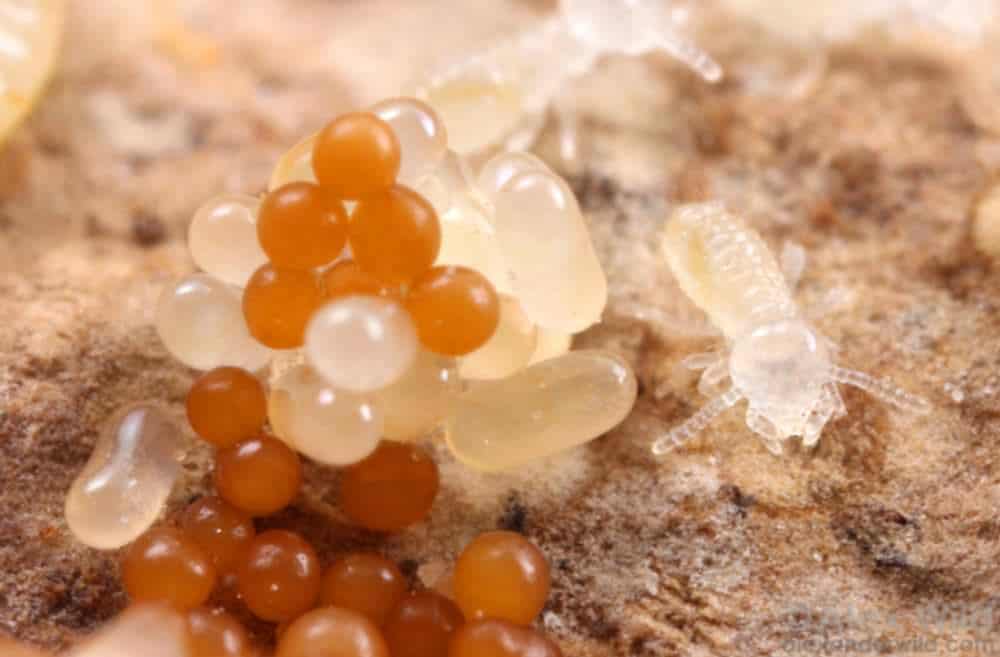
When the queen is young, her eggs can be up to three times as large as when she matures. Older termite queens tend to lay smaller eggs, although she will lay significantly more of them.
Larva or Nymph
Termites hatch from their eggs resembling tiny adults. They are born with antennae and six functional legs. Hormonal cues will determine what caste the nymph evolves into.
Nymph is the term for an immature termite. However, newly hatched termites are occasionally referred to as larvae.
The nymphs are translucent white in color with soft bodies. They begin life very small, the same size as the egg they emerged from. They will continue to grow as they molt and reach adulthood.
Worker
Worker termites can range in color from yellowish-white to creamy white. They are wingless, eyeless, and sterile. As with nymphs, workers are soft-bodied. These termites are between ¼ and ½ an inch long, but larger than nymphs.
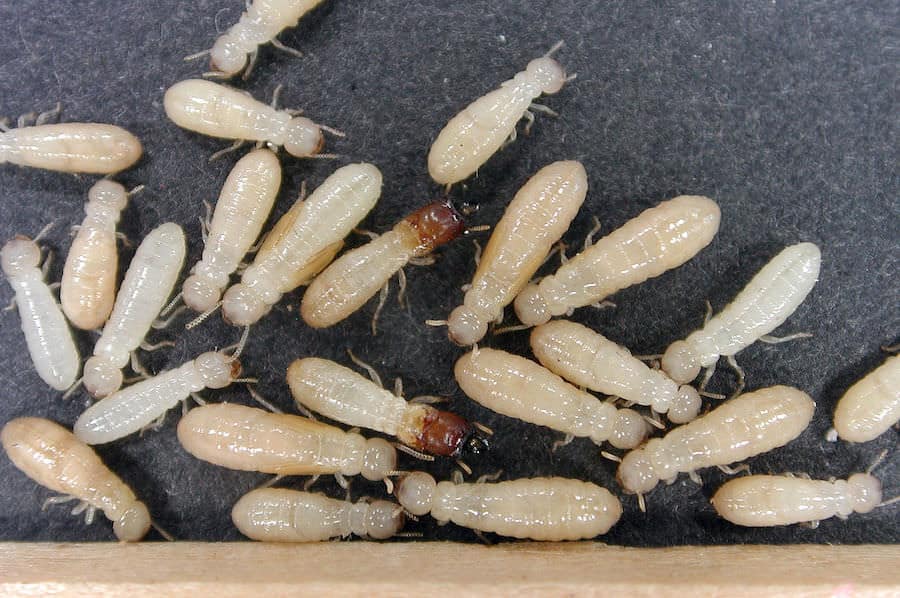
Workers can be seen outside the nest during advanced infestations. They are the only caste members to actively forage outside of the colony.
In certain species, workers are the only termites capable of eating independently. Termite workers of any species are responsible for constructing and maintaining the nest. They have small but tough mouthparts for these purposes.
Soldier
Soldier termites are distinctive-looking, regardless of species. Their mouths have specialized parts that are built for defense.
The soldiers are also sterile and blind, and can be of either gender. Their bodies are not much larger than those of the worker termites.
Soldiers tend to be similar in color to workers in the same species. Unlike workers, however, they have dark heads.
Some species of termite soldier have large mandibles, which they use to crush enemies. Other species have a type of nozzle built into their heads. This nozzle can spray a toxic substance when the soldier or colony is threatened.
Reproductive Alate
Reproductive alates are also known as swarmers. Depending on the species, alates can be golden to dark brown. Some species produce reddish-brown swarmers.
Alates are larger than soldiers and workers, and they have eyes. The size of an alate can differ depending on the termite type. Dampwood termite alates are among the largest, reaching up to almost an inch in length, with wings measuring up to half an inch long.
Swarmers have clear, symmetrical wings. These fragile wings break off the termite painlessly after their dispersal flight.
Alates that survive departing the nest will create colonies of their own, and become kings and queens.
Secondary Reproductive
Secondary reproductives only develop in a colony if there is a need for them. Small or young termite colonies do not usually include this caste.
These termites resemble workers, with some species having rudimentary eyes. Unlike reproductive alates, secondary reproductives do not have wings.
King
A king termite is a male termite alate who has successfully mated. He does not change in appearance after he becomes king of his own colony.
Queen
Queen termites are former reproductive alates. Queens grow to be much larger than king termites over time. The queen’s ovaries continue to develop as she grows older. This means that she becomes capable of laying greater quantities of eggs.
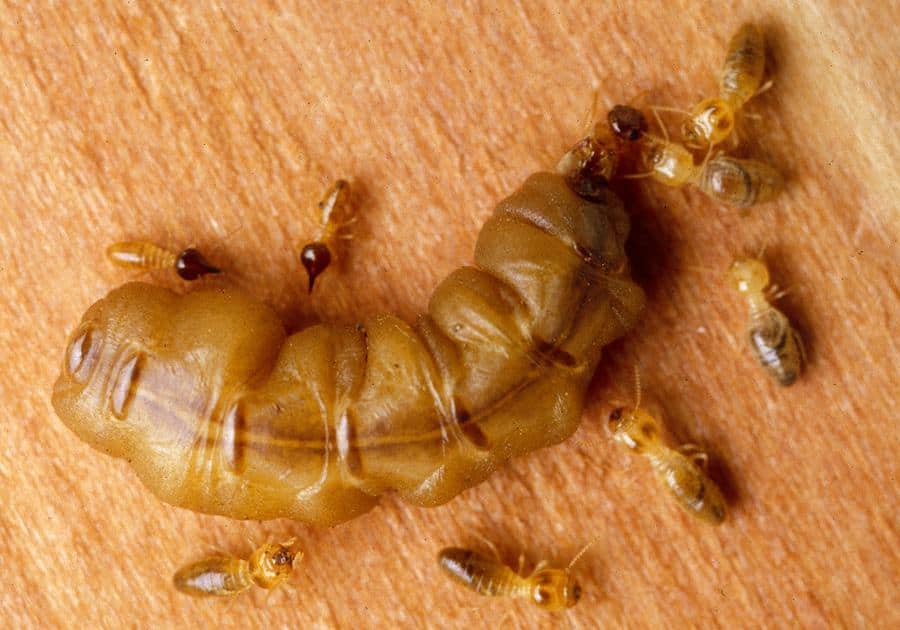
The queen’s abdomen will become distended the more eggs she lays. Older termite queens have opaque, distended abdomens that can reach several inches in length. As the abdomen stretches, it appears striped. Her upper body and legs don’t change in size.
How Many Eggs Do Termites Lay?
The egg-laying habits of primary and secondary reproductives differ. The species and age of a termite will also play a role in how many eggs she can lay.
When a female reproductive alate first becomes a queen, she does not lay many eggs. The first batch of eggs can be as few as 20, or less.
The average subterranean termite queen will produce less than 100 eggs in her first year. As she matures, she will be able to lay 500 or more eggs per year.
The queens of some termite species can eventually lay thousands of eggs daily. Some termite queens belonging to higher species can lay up to 35,000 eggs per day.
Secondary reproductives cannot match a queen’s reproductive rate. However, if there are multiple secondary reproductives (e.g. in a big colony) their number of eggs can add up. Hundreds of secondary reproductives laying eggs can equal thousands of offspring.
How Long Do Termites Live?
Termite colonies do not grow rapidly. It can take up to four years before a colony is able to produce reproductive alates. Workers, soldiers, and secondary reproductives are replaced as soon as they die.
The royal pair lives longer than the lower castes of termite. A termite queen can survive for decades.
Queen termites belonging to Macrotermes bellicosus species live for an average of 20 years. The kings are similarly long-lived. In contrast to the royals, worker termites have brief lifespans. After reaching adulthood, Macrotermes bellicosus termite workers live for several months or less.
In some higher termite species, queens and kings can survive for up to 70 years. In these same species, the soldier and worker termites are comparatively short-lived. They survive an average of two to four years. Therefore, the length of the termite life cycle depends on the termite’s final role in adult life. As you have discovered, this can be from just a few months to several decades.

